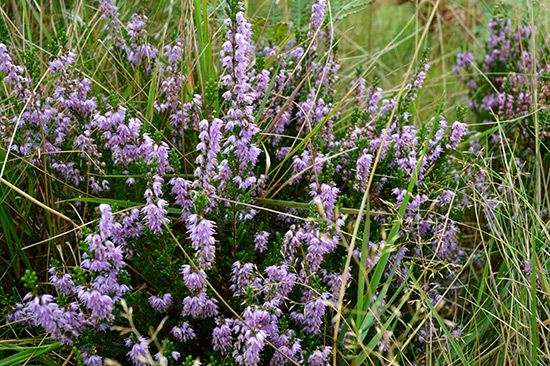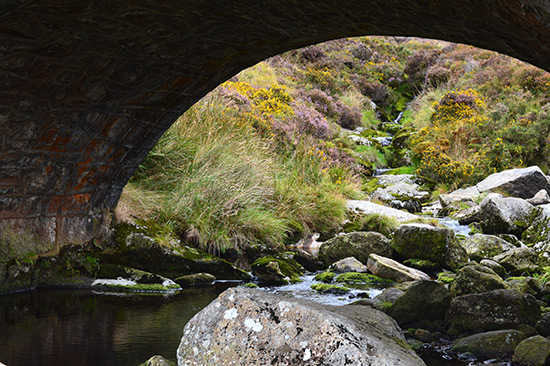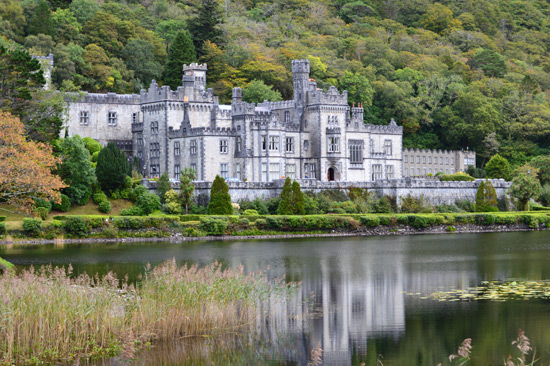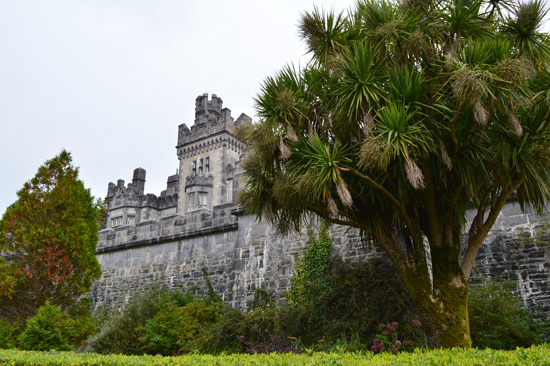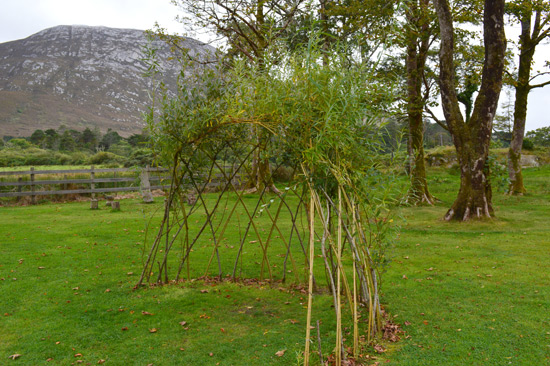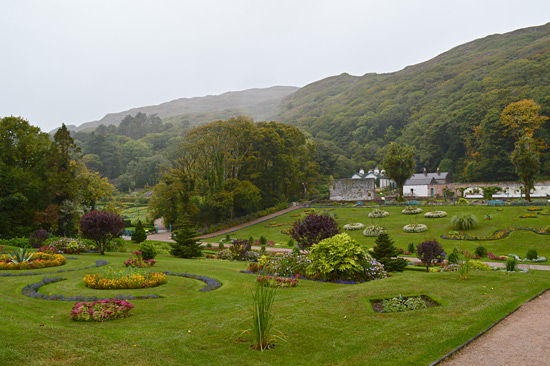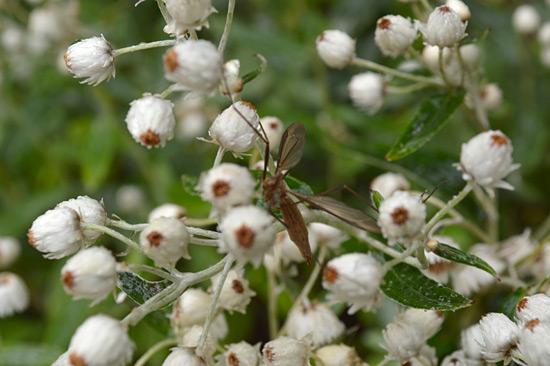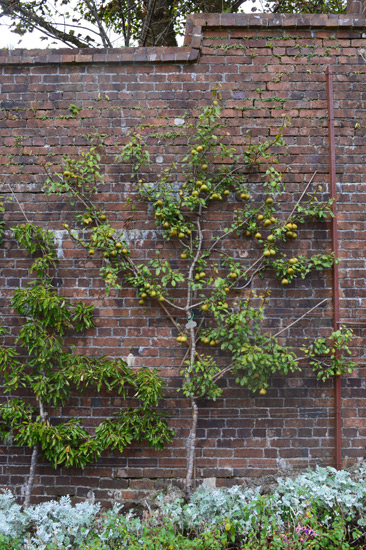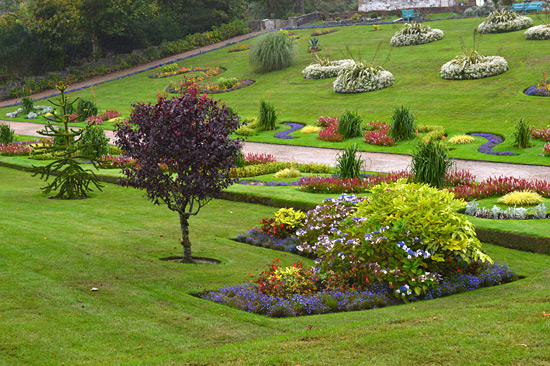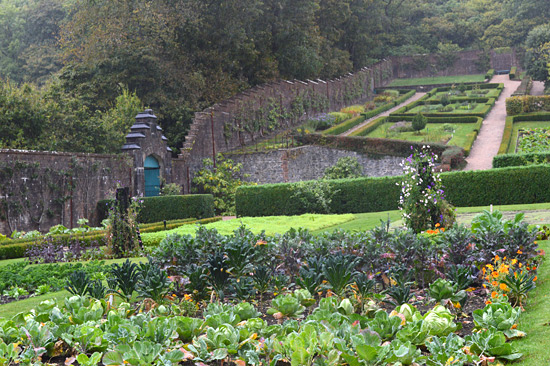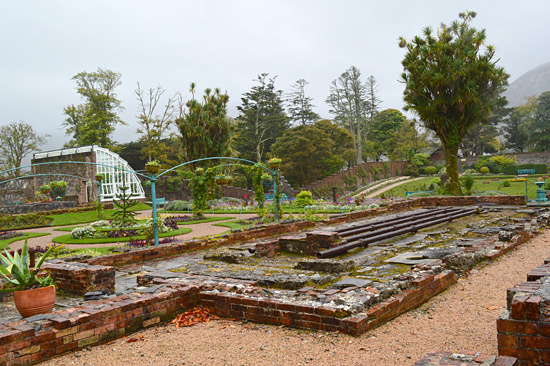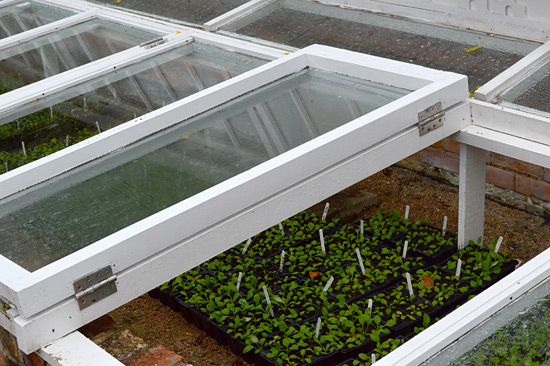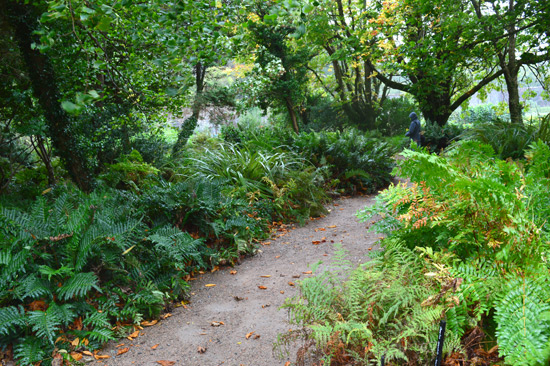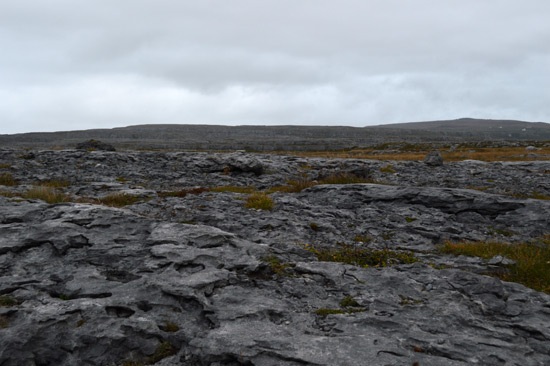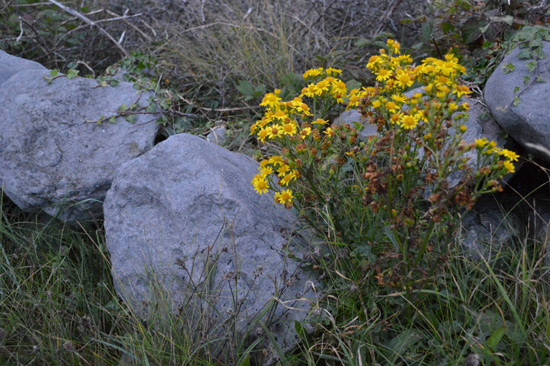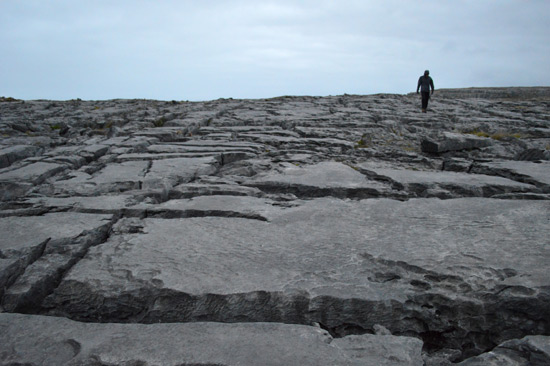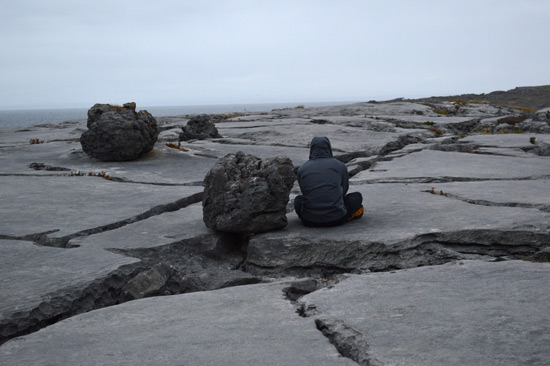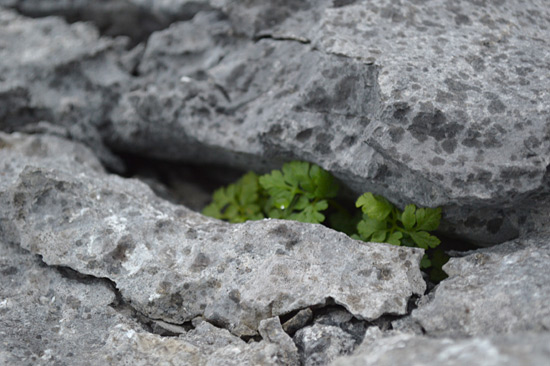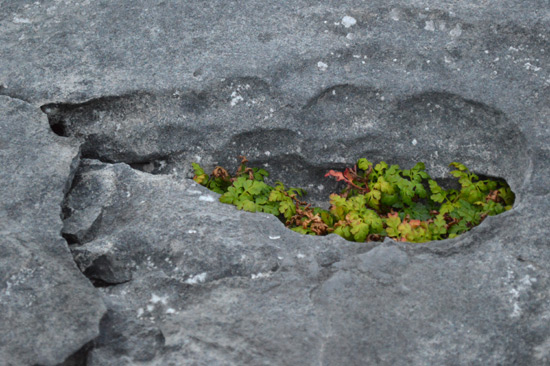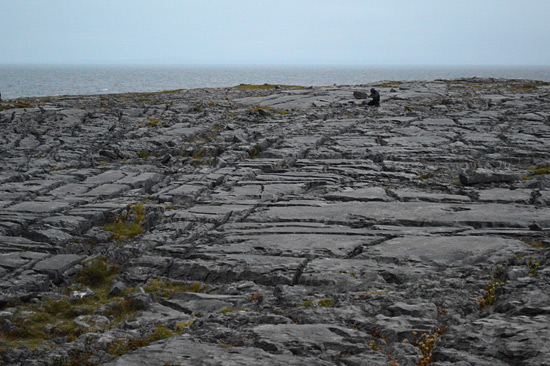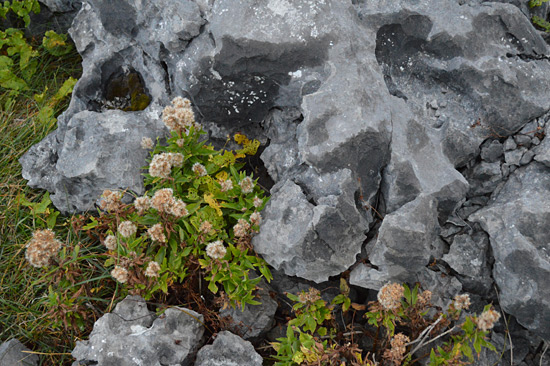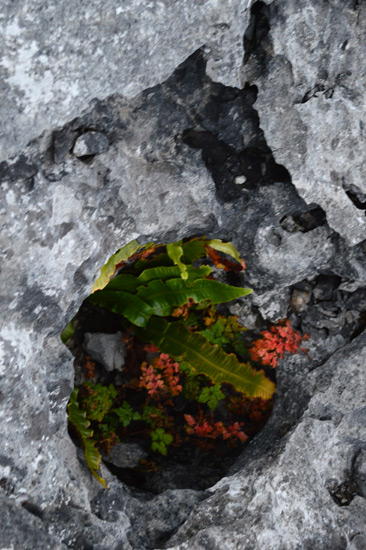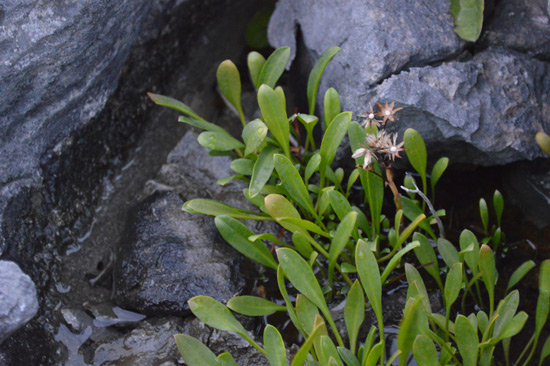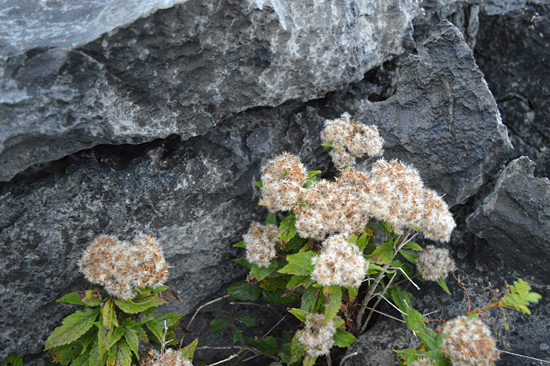The Other Half and I did a lot of hiking (which is what we call walking when we do it outside in rural areas) during our trip to Ireland. I soon began to notice the recurrence of certain wildflowers. On one of our formal garden stops, the Other Half proudly presented me with a little pocket guide, Irish Wild Flowers by Ruth Isabel Ross, he’d found in the gift shop. Seven euro later and we were equipped with a key to puzzle out a lot of the flowering plants for the rest of our trip.
Cross-leaved Heath

Erica tetralix is a native, evergreen shrub flowering May through September. At first I thought this plant was bell heather, but the clusters of flowers were one-sided. Plus, we found this little one on the peat bogs of Connemara National Park. The plant prefers this wet, water-logged ground with acidic soil.
Bell Heather
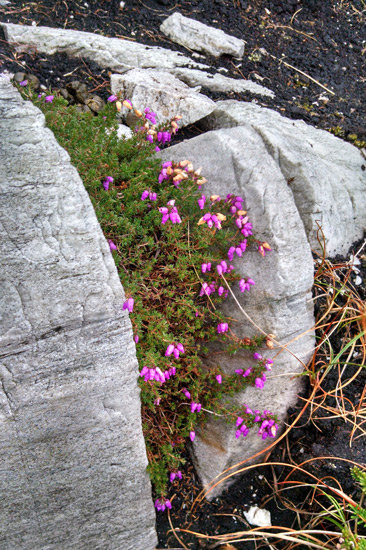
Erica cinerea is an abundant, native evergreen that blooms from June through September. This shot was taken further up Diamond Hill in Connemara National Park. Bell heather is often found on hills, moorland and dry acid soils.
Common Heather (Ling)
Calluna vulgaris is a native, evergreen shrub that blooms from July through September. When we planned our trip to Ireland, I immediately imagined the countryside filled with fields of heather. I was not disappointed when we traveled to Co. Wicklow and the Wicklow Mountains. The heather and gorse made for a beautiful combination that covered the hillsides. The shrub prefers acid soil and the drier areas of mountains, moors and bogs throughout Ireland.
European Gorse
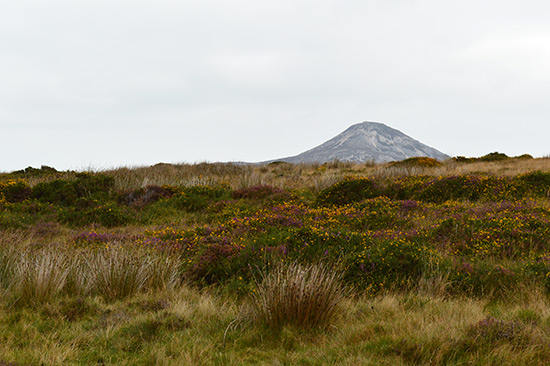
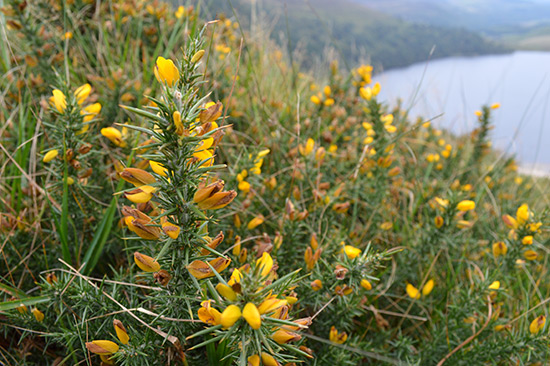
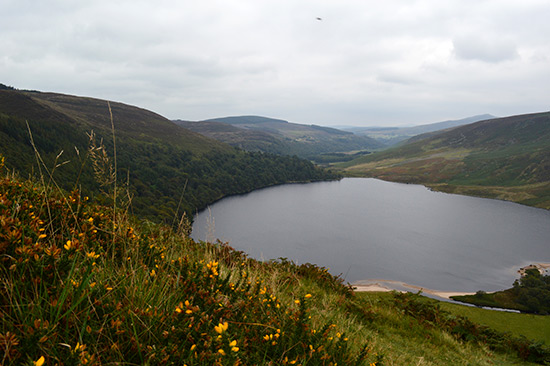 Ulex europaeu is a native, evergreen shrub that blooms year around with peak bloom time in April. The first day we noticed this flowering shrub was a daytrip to the Wicklow Mountains south of Dublin. Swaths of yellow flowers were in the company of some fading heather. When I drew closer, the plant didn’t look quite as soft and lovely. The shrub has bluish-green spines covering the lengths of the stems. At this time of year, a lot of its flowers were going to seed. We also spotted gorse in the hedges of Co. Galway.
Ulex europaeu is a native, evergreen shrub that blooms year around with peak bloom time in April. The first day we noticed this flowering shrub was a daytrip to the Wicklow Mountains south of Dublin. Swaths of yellow flowers were in the company of some fading heather. When I drew closer, the plant didn’t look quite as soft and lovely. The shrub has bluish-green spines covering the lengths of the stems. At this time of year, a lot of its flowers were going to seed. We also spotted gorse in the hedges of Co. Galway.
Tormentil
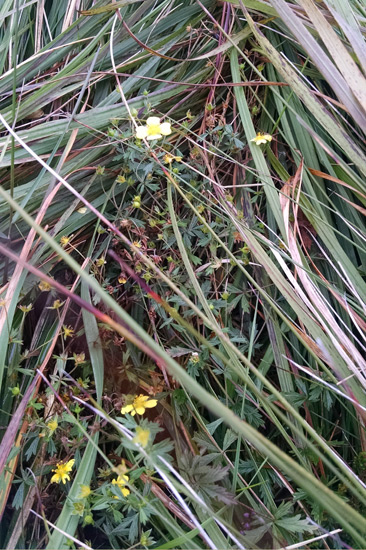
Potentilla erecta is a widespread, native perennial that blooms from May through September. We came across this pretty, yellow flower with heart-shaped petals when we were exploring Connemara National Park in Co. Galway. The plant prefers acidic or slightly acidic soils, often making its home on moors, heaths, and acidic grasslands.
Thrift
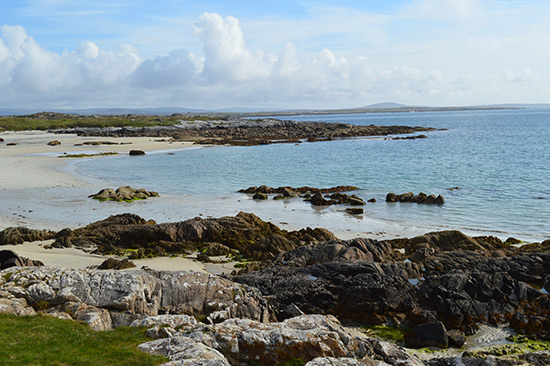
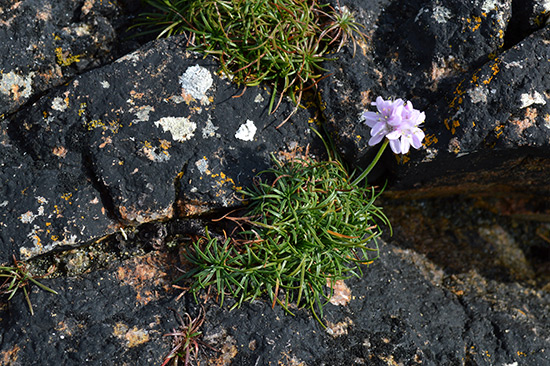 Armeria maritima is a native, evergreen perennial that flowers from May through September. I’ve tried to grow this little flower on the Lot before, but it didn’t live more than a few seasons. A common name for it is “Sea Pink,” and yes, we found the plant along the edge of the ocean in Roundstone, Co. Galway. The Irish name Noinin an chladaigh, when translated, is “Daisy of the Sea Shore.” The thrift reminded me of a little sea creature clinging to the rocks at low tide.
Armeria maritima is a native, evergreen perennial that flowers from May through September. I’ve tried to grow this little flower on the Lot before, but it didn’t live more than a few seasons. A common name for it is “Sea Pink,” and yes, we found the plant along the edge of the ocean in Roundstone, Co. Galway. The Irish name Noinin an chladaigh, when translated, is “Daisy of the Sea Shore.” The thrift reminded me of a little sea creature clinging to the rocks at low tide.
Additional Resources
In addition to the little pocket guide, I used a few online resources to cross-reference and read up on the above plants. Here they are if you’re curious!
